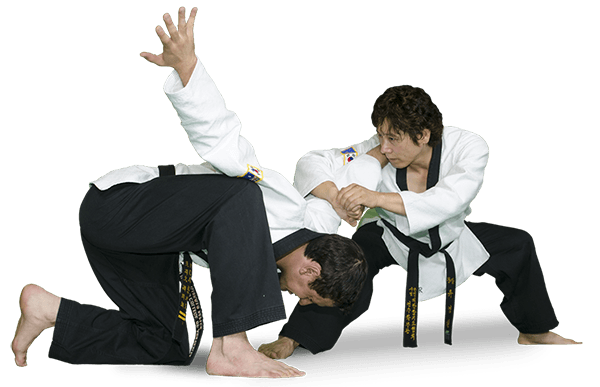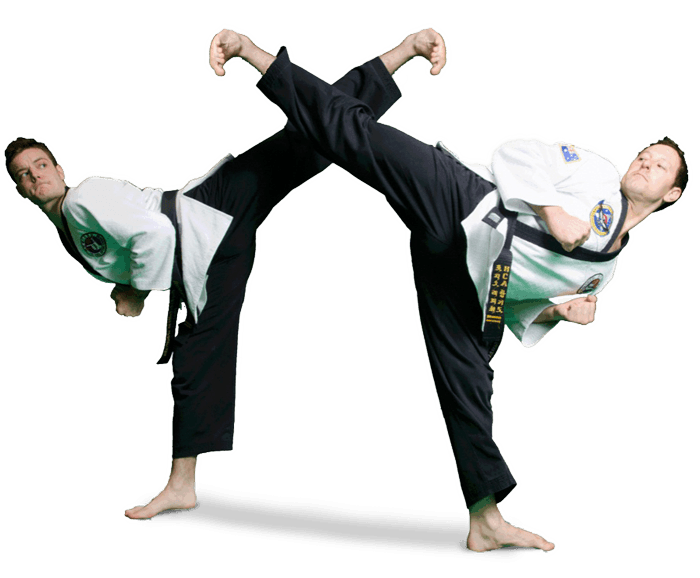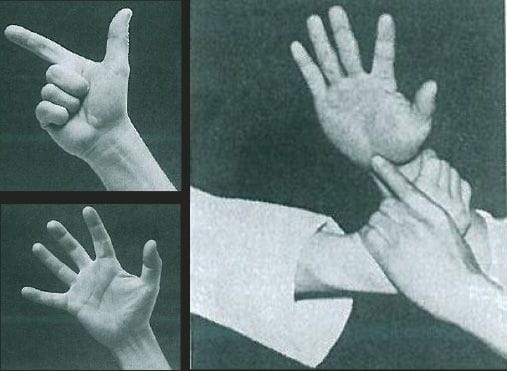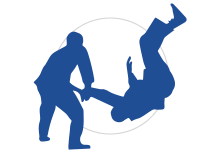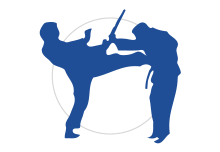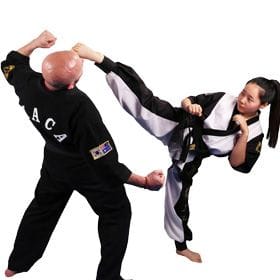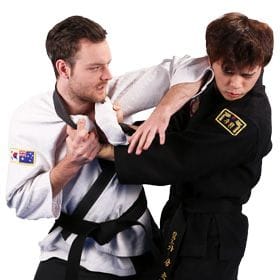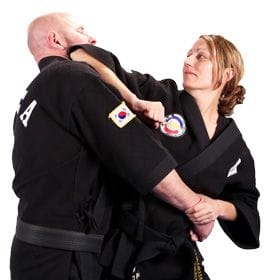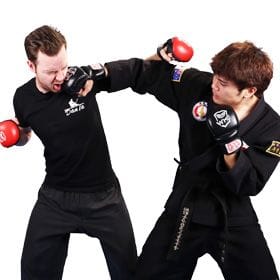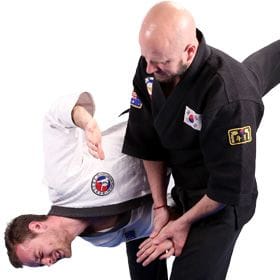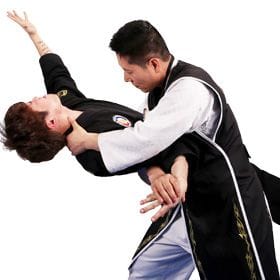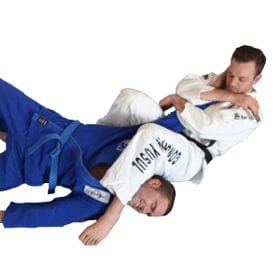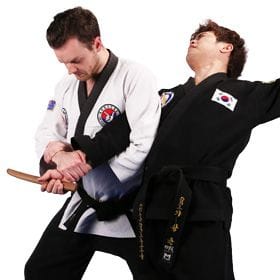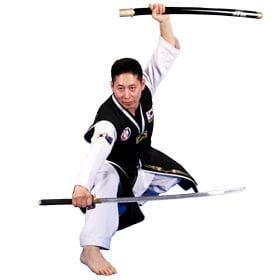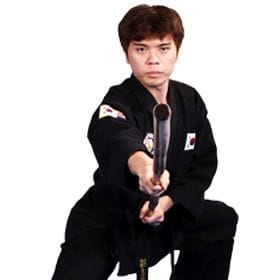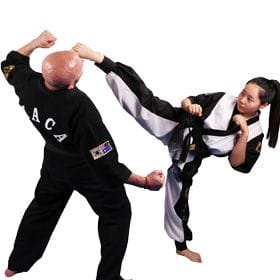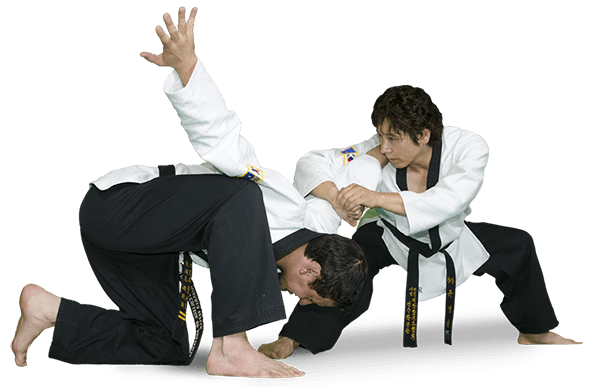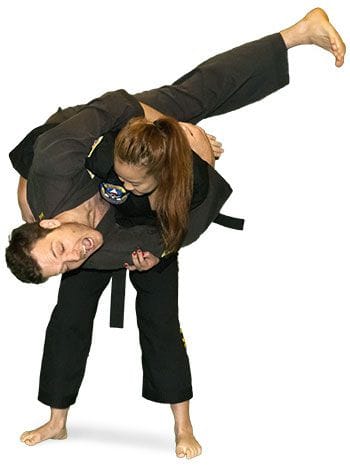Throughout the grades of Hapkido you will develop a basic understanding of anatomy and vital points. Advanced anatomy knowledge is taught at the master levels when learning healing techniques. There are roughly 2000 vital points in the body and around 200 of them are used in self defence.
By feeling around you can find some of these points as they are sensitive to pressure. It is commonly said that, "the points which hurt are the same points which heal", therefore in addition to the fitness benefits of practicing Hapkido, repeatedly feeling the pressure on our vital points from joint locks and strikes, your health and wellbeing is improving as you are releasing pressure and improving the flow of Ki in your body.
For example, there are many points in the hand alone that effect Ki flow to the lungs, stomach, large intestine, kidneys, heart and many more organs or muscles throughout the body. The entire body is interconnected through these vital points from which Ki flows; therefore knowledge in this area is very useful in self defence and overall health.

